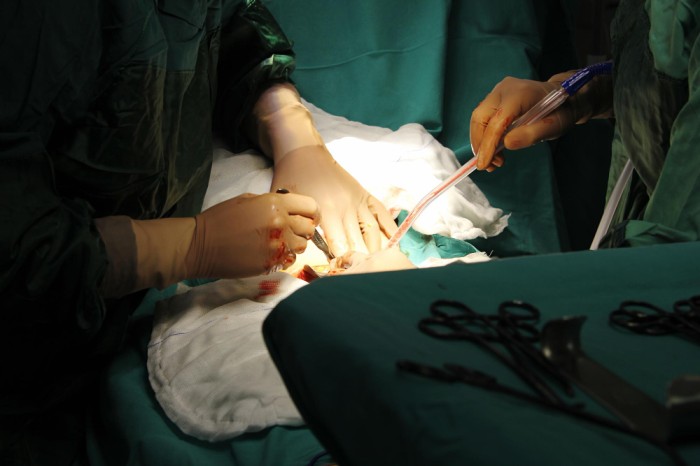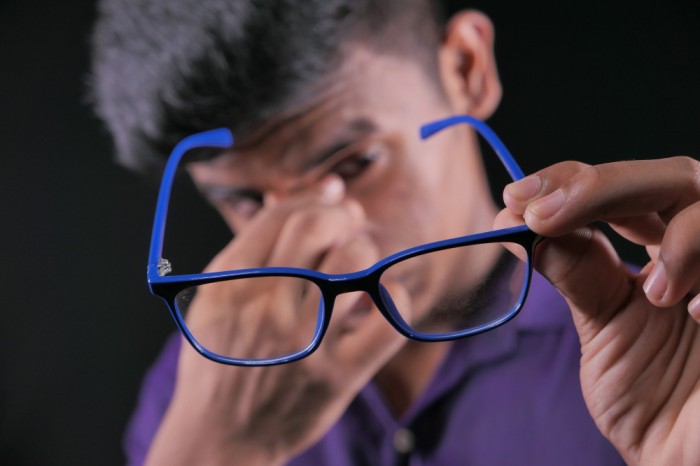Laparoscopic vs. Open Surgery: Which is Better for You?
When it comes to surgery, patients and doctors often face a crucial decision: choosing between laparoscopic (minimally invasive) and open surgery. Each method has its benefits and drawbacks, and the right choice depends on the patient’s condition, overall health, and the complexity of the procedure. At Guru Aadithya Hospital, we prioritize patient care by providing the best surgical options tailored to individual needs. Let’s explore the differences between laparoscopic and open surgery to help you make an informed decision. Understanding Laparoscopic Surgery Laparoscopic surgery, also known as minimally invasive surgery, involves making small incisions in the abdomen through which a tiny camera (laparoscope) and specialized instruments are inserted. The surgeon performs the procedure while viewing the internal organs on a screen. Advantages of Laparoscopic Surgery: Smaller Incisions : Since only tiny cuts are made, scarring is minimal • Reduced Pain: Smaller incisions result in less post-operative pain compared to open surgery • Faster Recovery : Patients typically recover quicker and can return to normal activities sooner • Lower Risk of Infection: Smaller wounds reduce the chances of post-surgical infections • Shorter Hospital Stay : Many laparoscopic procedures allow for same-day discharge or a shorter hospital stay Understanding Open Surgery Open surgery is the traditional surgical approach, where a single, large incision is made to access the affected area. It provides direct visibility and access to the surgeon, making it a preferred choice for complicated cases. Advantages of Open Surgery • Better for Complex Procedures : Open surgery is ideal for procedures that require extensive access, such as large tumour removal or severe trauma cases • More Suitable for Emergencies : In critical situations, open surgery is often the fastest and safest option • Lower Equipment Costs: Since it does not require specialized laparoscopic instruments, open surgery may be more cost-effective in certain cases Understanding the When Which is Preferred Laparoscopic surgery is not suitable for all cases, especially complex conditions requiring extensive tissue removal or emergency interventions. It may take longer to perform, and the cost is often higher due to specialized instruments. Open surgery, on the other hand, involves larger incisions, leading to more pain, longer recovery times, higher infection risks, and extended hospital stays. While open surgery provides better access for complicated procedures, it also requires more post-operative care. Which Surgery is Right for You? The decision between laparoscopic and open surgery depends on various factors: • Type of Condition : Simple procedures like gallbladder removal or hernia repair are often done laparoscopically, whereas major surgeries like organ transplants or complicated cancer removals may require open surgery • Patient’s Overall Health : Patients with certain medical conditions, obesity, or previous surgeries may benefit more from one approach over the other • Surgeon’s Recommendation : At Guru Aadithya Hospital, our expert surgeons evaluate each case individually and recommend the safest and most effective surgical approachBoth laparoscopic and open surgeries have their place in modern medicine. While laparoscopic surgery offers numerous benefits such as faster recovery and less pain, open surgery remains essential for complex cases. At Guru Aadithya Hospital, we prioritize patient safety and personalized treatment plans to ensure the best surgical outcomes. If you or a loved one is considering surgery, consult with our specialists to determine the most suitable approach for your condition.For expert consultation and surgical care, book an appointment at Guru Aadithya Hospital today!



